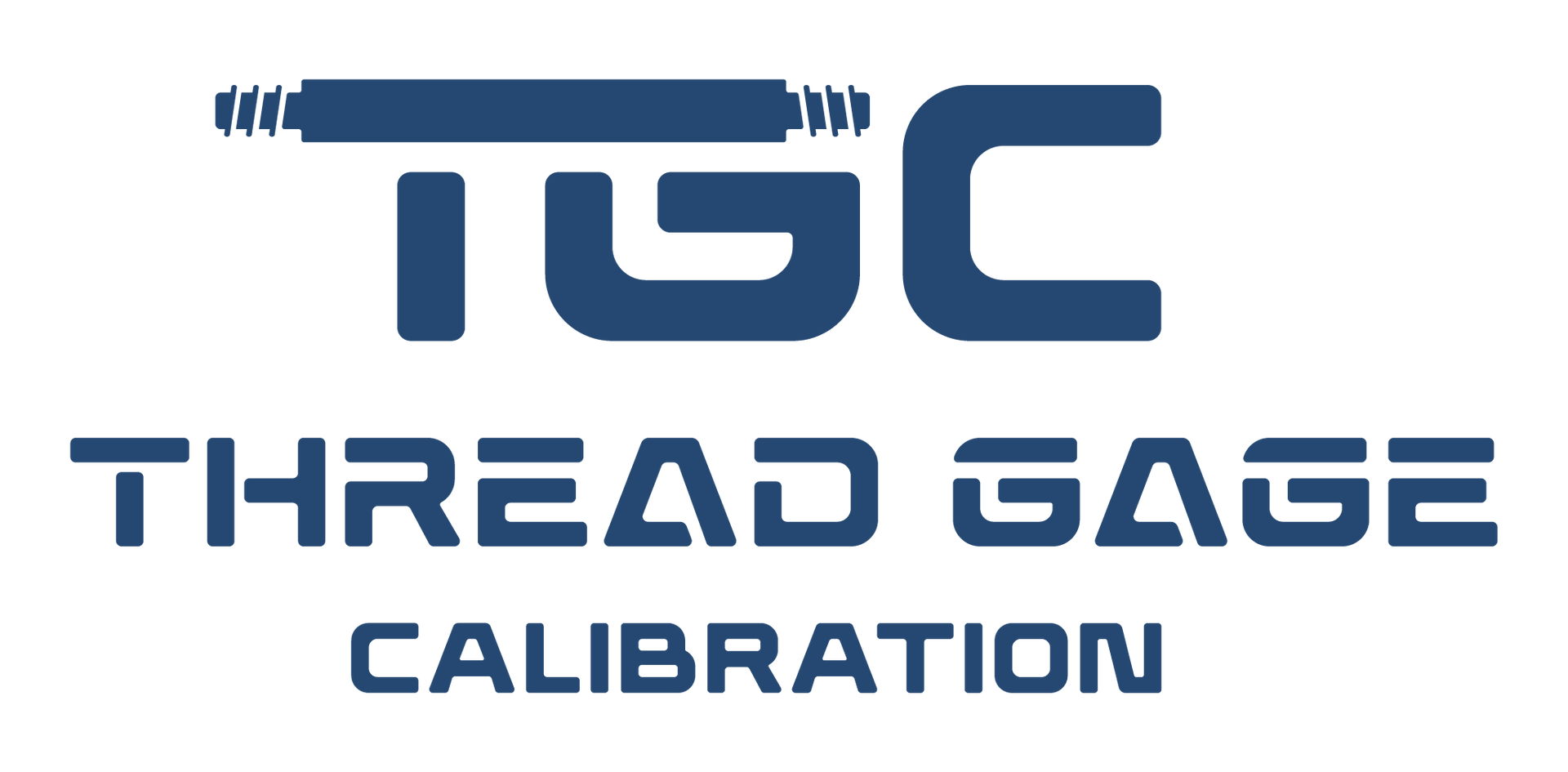
Technical Information
Dimensional Inspection of Parts Using Go and Not Go Gages
Benefits of Go and Not Go Gages
Go and Not Go gages are typically simple devices like Go and Not Go plug gages, Go and Not Go ring gages or Go and Not Go snap gages that contain no moving parts and are easy to use. As such, their use is very common. Go and Not Go gages are also easily portable, do not suffer breakdowns in service, and typically do not require power.
Because Go and Not Go gages are available in an extensive range of sizes and tolerances and offer increased assurance of a fit between mating parts, it is easy to see why these types of gages are the most widely used in inspection.
The gaging practice known as "Go and Not Go gaging," is often used with ring, plug, and snap gages. They are utilized as a full form or three-dimensional simulation of the mating part.
The Go, Not Go Inspection Practice
In this gaging practice, a Go gage is used, serving as the equivalent to one of the part's specified features (the maximum material condition). If the Go gage fits into or onto the part, then it stands to reason that the mating part is not outside the maximum material condition and will also fit, ensuring proper assembly. Likewise, if the Not Go Gage does not fit into or onto the part, it shows that the feature under inspection is not outside the minimum material condition and consequently too loose.
The Go, Not Go gaging practice is a quick, efficient, and cost-effective verification that part dimensions meet drawing requirements and will assemble and function properly.
Using Plain Go and Not Go Plug Gages
Plain plug gages are available in many different types and are utilized for a variety of inspections. Wire type reversible plug gages are held in a collet-type handle that forms either a single-end or double-end Go, Not Go Gage assembly. Wire type reversible plug gages are available in a range from .004"-1.000", and in a tolerance range from class Z-XXX. Go and Not Go gages are utilized for checking hole sizes. Wire type reversible plug gages, also referred to as pin gages, have become very popular, due to their low cost and availability in thousands of sizes.
To inspect hole size of a part, the Go gage is inserted into the hole. If the gage can be entered into the hole, then the hole is considered to be above its low limit. Following that, the Not Go gage is used. If it does not enter the hole, then the hole is considered to be below its high limit. If it enters the hole, than the hole is too big.
Using a series of plugs in various incremental diameters will result in a high repeatability rate. Gaging should be performed under optimal conditions, such as cleanliness of the part and proper temperature control, so as to have little effect upon the inspection. Work tolerance might also be a factor to consider, in which a gage wear allowance may be used. In this case, a wear allowance is added to the Go gage diameter. A rule of thumb is that a tolerance should be specified so that the total gage tolerance does not exceed 10% of the part tolerance.
For very fine tolerances, a carbide plus gage is often the most effective and practical gage to be utilized. Additionally, many gage users also elect to use Go and Not Go plugs in addition to air gaging or electronic inspections, in order to ensure that the parts will mate.
Using Plain Go and Not Go Ring Gages
Go and Not Go plain ring gages are commonly used limit gages on cylindrical outside diameters. Go and Not Go ring gages are typically made from hardened tool steel. They can also be made with a chrome coat or with a carbide insert for greater wear resistance. Go and Not Go ring gages are made to exacting gagemaker tolerances. The Go and Not Go gaging principles that are used for plug gages are applied to ring gages as well.
Need Your Thread Gages, Rings or Plugs Calibrated?
Address
Thread Gage Calibration
Osborn Products
1127 West Melinda Avenue
Phoenix, AZ 85027
Email Us
